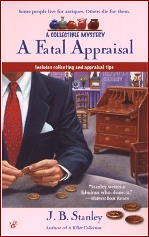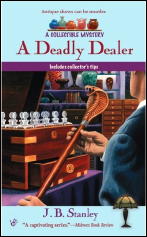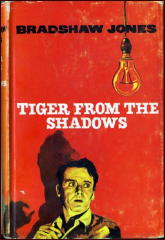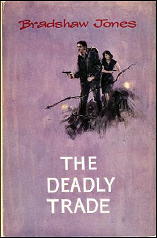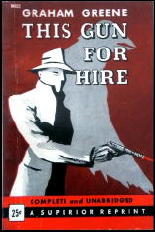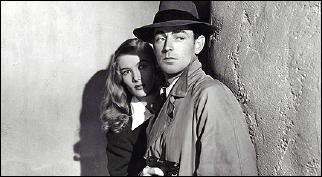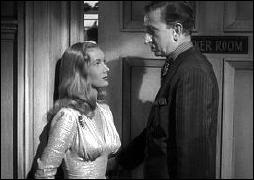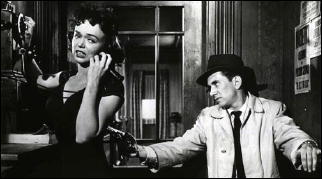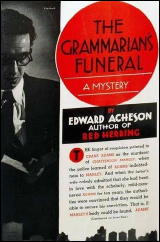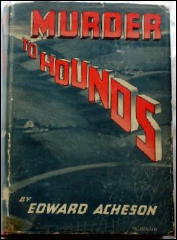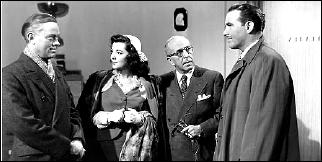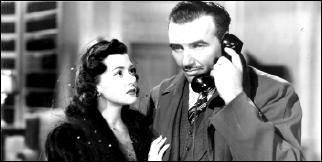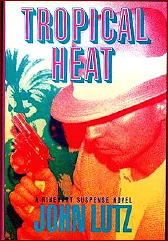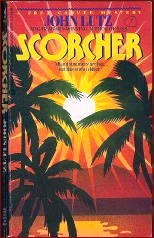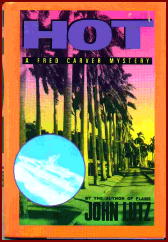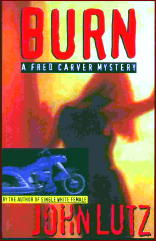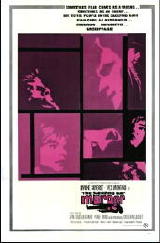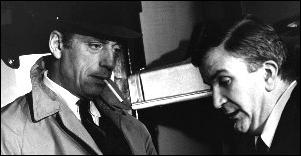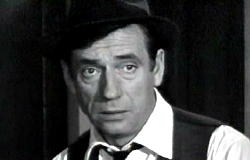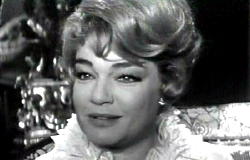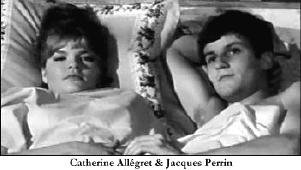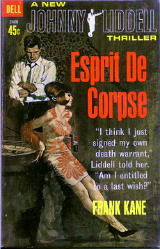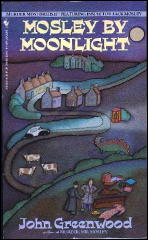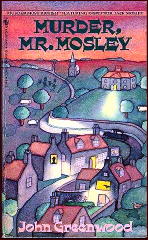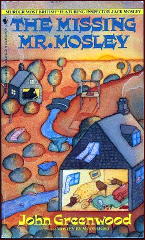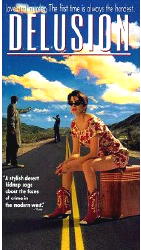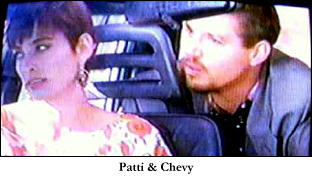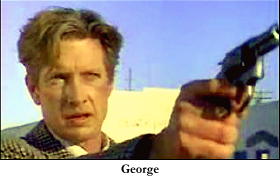A REVIEW BY DAVID L. VINEYARD:
BRADSHAW JONES – Death on a Pale Horse.
John Long, UK, hardcover, 1964. Paperback reprint: Bridbooks, Israel, no date.
Malcolm Bradshaw Jones was an oil executive who retired to the Channel Islands off of Great Britain, and wrote eleven mysteries featuring tough special agent Claude Ravel and his wife Monique, an Anglo-French couple who first work for Cabinet Security under that “terrible old man James Keen” and later work for Interpol and their Home Office liaison, Peter Calvert.
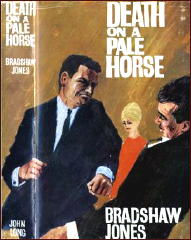
Ravel is something of a rogue agent with a nose for trouble: “He’s about the most ruthless hell-bender I’ve ever met. And he’s got a wife, Monique, who works with him, who is almost as bad. She looks like something out of the fashion magazines and fights like a tiger. She’s French and Ravel is half French and completely bilingual. Between them they used to break just about every law we’ve got, all in the name of justice.”
Of course in real life Interpol (*) never had agents, and was in fact a front organization for Nazi sympathizers well into the 1960’s, but here we are dealing with the Interpol of fiction not fact, and anyway Ravel and his wide Monique behave like no police you have ever encountered.
Ruthless, blood thirsty, and deadly are the kindest thing you can say about them. That said, Jones writes this stuff with some small flare and obviously knows his locales. The scenes in Paris may not be Simenon, but they are authentic and redolent of the real place and not just the tourist trap version most fiction gives us.
In Death on a Pale Horse a naked man is found off the southwest coast of England, a small time thief, who died of some mysterious intestinal disorder. Interpol, and through them the Ravels are called in.
Soon they are on the trail of a defecting British chemist who has left behind a nasty bug that starts killing people, all leading to a remote private lab in San Stefano, and a trail of bodies and violence. The idealistic Dr. Porter’s trail takes them to Italy and into the hands of the ruthless drug smuggler Pavesi as the epidemic in England spreads. Now all they have to do is find Porter alive and “unseat death from his pale horse.”
There is nothing special here, but the writing is good, the plot moves well, and Ravel and Monique are an engaging pair of homicidal heroes, believably tough and ruthless. You could do a lot worse than Jones books about the Ravels and in some cases not a lot better.
I’ll be keeping an eye out for more books about them. It’s not often you encounter a husband and wife team who both carry concealed switchblades and have few compunctions about using them. It’s a bit as if James Bond had married Modesty Blaise, or a continental John Steed and Mrs. Peel after a session of SAS training.
Death On a Pale Horse is a short book, around 60,000 words, and a well done thriller with some interests and attractive, if ruthless, protagonists in the Ravels.
CLAUDE RAVEL. Series character created by (Malcolm Henry) BRADSHAW JONES, 1904- . Data taken from the Revised Crime Fiction IV, by Allen J. Hubin:
The Hamlet Problem (n.) Long 1962.
The Crooked Phoenix (n.) Long 1963.
Tiger from the Shadows (n.) Long 1963.
Death on a Pale Horse (n.) Long 1964.
Private Vendetta (n.) Long 1964.
The Embers of Hate (n.) Long 1966.
Testament of Evil (n.) Long 1966.
The Deadly Trade (n.) Long 1967.
A Den of Savage Men (n.) Long 1967.
______________________________________________________
(*) Interpol is a private organization founded in the mid 1930’s to gather information on criminal activities and provide it to subscribing police agencies around the world (for instance the FBI has never subscribed and does not receive Interpol bulletins despite what you see in movies and books).
It was infiltrated by the Nazis from the first and their influence continued into the 1960’s when it was finally purged. (Interpol refused to help in the hunt for Nazi war criminals on the grounds they were “political” crimes.)
Interpol is primarily a counting house for information and sends out bulletins on persons of interest; yellow sheets for those who do not have an active criminal record and are not wanted for a crime, and red sheets for wanted felons.
In the 1990’s Interpol began to employ investigators for the first time in its history. It has no enforcement duties, and the liaison to Interpol at most police departments are just some unlucky communications officer who receives no extra pay for his service. The Interpol agent of countless novels, movies, and television series is a myth that never existed, but has taken on a life of its own.
______________________________________________________
[UPDATE] 06-14-09. A tip of the hat to British mystery bookseller Jamie Sturgeon, who provided the cover images for both Death on a Pale Horse and Tiger from the Shadows. He also sent Al Hubin and I a long list of additional information about the settings and additional series characters in Jones’ books, all of which will appear in the next installment of the online Addenda for the Revised Crime Fiction IV.
